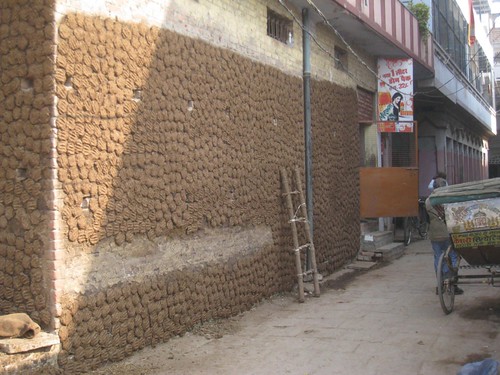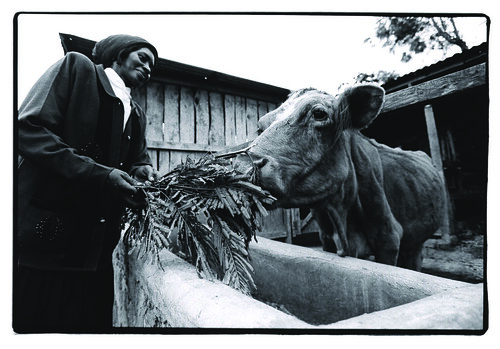History 8 India Ancient India Workbook
Return to History 8. Be sure that you sign your entry. Use only authoritative sources for external links.
1. Throughout its early history, the Himalayas helped protect India from outside invaders. How does this image especially make that dramatically clear?
2. How does this photo help to show why such river systems were so important in the rise of the earliest civilizations?
3. Most Indians consider the Ganges River to be sacred. Why do you think they might have come to view it as sacred?
4. What are monsoons, and why do they have such big impact on life in India?
6. What can you tell about the geography and climate of this region from the poster alone?

7. Historians say many of India’s older traditions and beliefs survived more in southern India than in the north. Why do you suppose that was so?
8. What else about the geographical features of southern India might explain why it was able to stay more isolated from outside influence than other regions of India?
9. The Indus River civilization is one of four ancient civilizations shown here. From this map, what major geographical feature did these civilizations have in common?

10. What details seem to reveal the most about the ruins in Illustration? What details are hardest to interpret?
11. These ruins are a sign this was a complex, highly organized civilization. Why do you think they are evidence of this?
12. Some archaeologists think that washing may have had religious or ritual meaning. What do you think they mean by that?
13. What else can you surmise about this aspect of the Indus River civilization?
14. The seals were meant to be impressed and leave marks. That is, they were a form of writing. What uses can you imagine for seals of this sort?
15. It shows groups of people in Central Asia known as Indo‐Europeans. How does the map help to suggest their importance in world history?
16. Can you think of some examples of catastrophic climate changes or natural disasters that would have been serious enough to wipe out an entire civilization?
17. From the hymn shown here, what sort of god do you think Indra was supposed to be? What attitude towards the god does this hymn take?
18. Many Hindus today believe Indra to be one of several forms taken by the Hindu deity Shiva. A 12th century statue of Shiva is shown here. What ideas about Shiva or Hinduism in general do you get from the way this statue is designed?
19. This photo shows bullocks being honored during a South Indian rice‐harvest festival. How does this suggest links between Hindu religion and India’s long agrarian past? What does this photo suggest about Hinduism and its relationship to India’s villages and traditional culture?
 Cow dung drying on wall
Cow dung drying on wall
 Cow being fed at trough
Cow being fed at trough
20. As these photos show, even today life in much of India is not that different from what it was like at the time of the Aryans. How do these photos help to show that? What, if anything, about them appears more modern? What seems traditional and likely to have been found in Indian villages centuries ago?
21. The cow is special in India. As one writer puts it, Indian scriptures tell us that the cow is a gift of the gods to the human race....It follows that the cow represents the Divine Mother that sustains all human beings and brings them up as her very own offspring. Why might such a view have appealed to millions in the rural villages of ancient Hindu India?
22. Over time, Hinduism went beyond earlier Vedic beliefs to what some might call a more philosophical system of ideas. The drawing here depicts these deities—Brahma, Vishnu, and Shiva (from left). How does this visual depiction express the notion that these are all different aspects of one another, and of Brahman?
23. Castes were ranked by their supposed level of "spiritual pollution". What do you think this means?
24. Three Brahmin priests are shown taking part in a ceremony....What view of Brahmin priesthood do you get from this drawing?